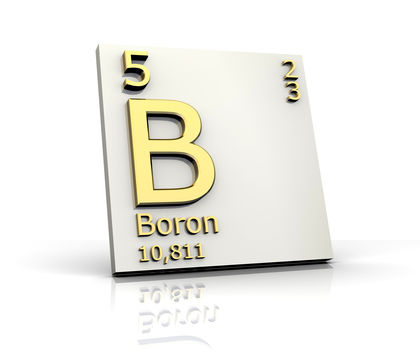There are many optically active organic compounds of biological and medicinal significance. For example, statine analogs, antibiotics, anesthetics, ACE inhibitors, macrolides, heterocyclic compounds, unusual amino acids, and insect pheromones all contain stereogenic centers. There is, therefore, a continuous need for new asymmetric methodology. A major objective of Bakthan Singaram’s research program is the development of asymmetric and/or enantioselective methods.
 Within this context, an important aspect of his study is to develop novel and efficient chiral auxiliaries and catalysts derived from terpenes, organic acids, and other naturally occurring organic compounds. These compounds are tested for their efficiency in asymmetric reduction and asymmetric allylmetallation reactions. Current emphasis is centered in the areas of organometallics, heteroatom stabilized carbanions, and imine intermediates.
Within this context, an important aspect of his study is to develop novel and efficient chiral auxiliaries and catalysts derived from terpenes, organic acids, and other naturally occurring organic compounds. These compounds are tested for their efficiency in asymmetric reduction and asymmetric allylmetallation reactions. Current emphasis is centered in the areas of organometallics, heteroatom stabilized carbanions, and imine intermediates.
Another aspect of Dr. Singaram’s research involves the development of an optical glucose sensor. Diabetes Mellitus continues to debilitate millions of people worldwide. Although there is no cure for the disease, there are effective ways to man
age it. One of the most important ways, involves the monitoring of the blood-glucose levels. Currently, diabetics prick their finger and test the blood three to four times a day. Because glucose levels fluctuate drastically throughout the day, an accurate measure of blood-glucose is difficult. A continues glucose monitor would thus be of great interest. Research in this area includes the utilization of organoboranes for the development of novel fluorescent chemosensors.